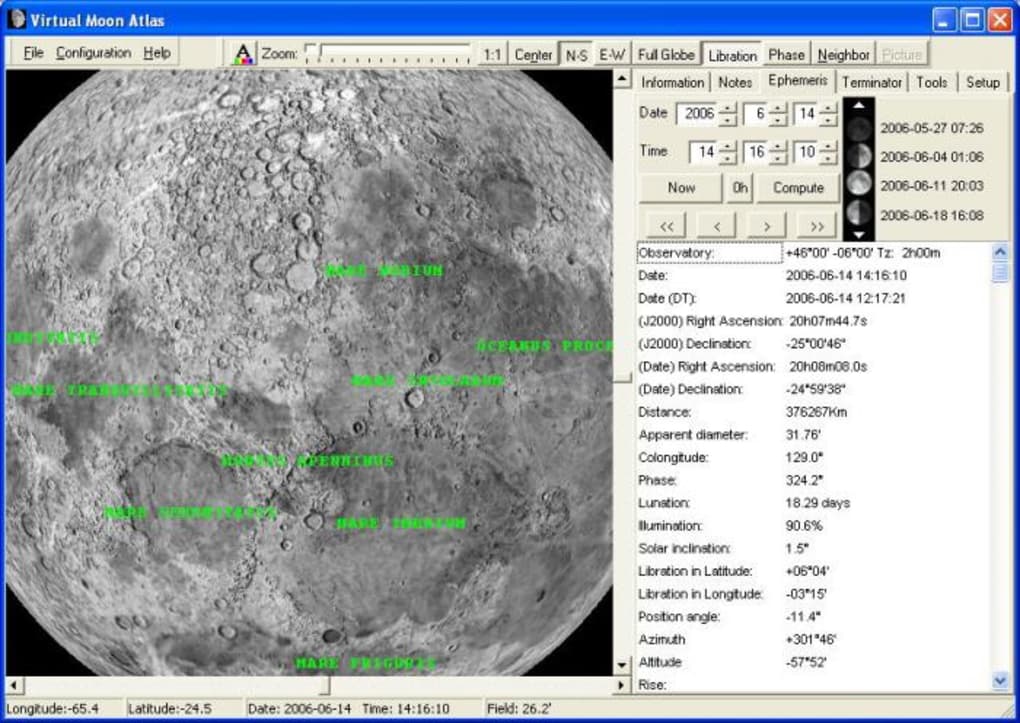

Traditionally, letters are placed on the side of the Show which parent crater the satellite crater belongs with. For instance, Abenezra A is portrayed as just 'A.' Different methods have been used over the years to In most publications that include lettered craters, the 'parent' portion of the name has been omitted because SomeĬraters are too small to be seen on the images in these cases,Ī note has been added indicating a larger-scale map that shows the feature, and where possible, a link to the For non-crater features, names are placed alongside or on the features. Placed outside of a crater, a dot is placed in the center of the crater so there is no question which crater This positioning, the name is placed elsewhere outside the feature in a readable spot. Is just outside the crater and to the right of it. If a name does not fit inside the crater, the next preferable location Names are placed inside craters if theyįit comfortably within the feature. Placement of names on the maps follows USGS cartographic standards. Location information is given precedence. The locations differ from what is shown in some printed atlases and maps, but Whitaker's The locations of the following lettered craters were verified by Ewen Whitaker. Information in the sources, and coordinate and size information in the database. For the remaining few questionable features, educated guesses were made based on Was able to provide a definitive answer in most These questionable cases were presented to lunar Names were questionable because the names are not shown in the sources, or there isĬonflicting information in the sources. The location of each name wasĮxamined, sometimes in multiple sources, before inclusion. Substantial effort has been made to accurately place each name. Process is also described in the gazetteer. Recorded in the "News" section on the title page of the gazetteer. That change will be shown on the corresponding map, and a

Whenever there is a change to the lunar portion of the Gazetteer of Planetary Nomenclature, If a name is dropped, it will be removed, and if aįeature is renamed, the new name will replace the old name. This is not a complete record of cross references, only those discovered during the research for these maps. Cross references between these old and new names have been noted in the "Additional Information" field of the gazetteer. Informal names and names that have been changed are not shown. Over the decades, many informal names have been used on the Moon and some IAU-approved names have been officially changed. The lettered crater names included in the Gazetteer of Planetary Nomenclature, and therefore in this atlas, are found in the definitive source "NASA Catalogue of Lunar Nomenclature" (NASA Reference Publication 1097). The maps shown here include only names that are formally approved by the IAU and are currently in use. These names are of various feature types: catenae, craters, dorsa, fossae, lacūs, landing site names, maria, montes, oceanus, paludes, planitiae, promontoria, rimae, rupēs, lettered craters (called "satellite features" in the gazetteer), sinūs, and valles. Maintains the Gazetteer of Planetary Nomenclature on behalf of the IAU with funding from the National Aeronautics and Space Administration (NASA).Īt the time of this writing, there are 9,003 IAU-approved names in use on the Moon (not including names that have been dropped but are retained in the gazetteer for reference). The Astrogeology Science Center of the U.S. Of Planetary Nomenclature, which is a dynamic listing of IAU-approved planetary surfaceįeature names. Web site are based on the information contained in the Gazetteer Internationally recognized authority for assigning nomenclature to planetary surface features. The International Astronomical Union (IAU) is the As new names are approved, they are added to the maps so users have access to the most recent changes in lunar nomenclature. The purpose of the lunar maps presented here is to provide an up-to-date and comprehensive depiction of lunar nomenclature. Index map courtesy of Ben Bussey, adapted from The Clementine Atlas of the Moon, Cambridge University Press.


 0 kommentar(er)
0 kommentar(er)
